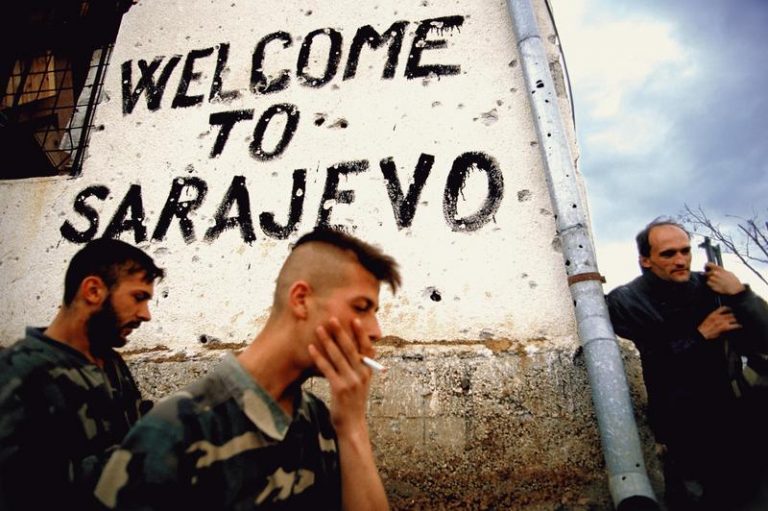On 6 April 1992, as part of the collapse of the former Yugoslavia, Serbian forces attacked the Bosnian capital of Sarajevo, setting off a three-year war marked by ethnic cleansing and genocide. The Bosnian War – which killed 100,000 civilians and soliders, displaced more than two million people, and saw tens of thousands of women raped – was long regarded, until the Russian invasion of Ukraine, as Europe’s deadliest conflict since World War II.
NATO airstrikes at the end of August 1995 – after the Srebrenica genocide and prompted by the shelling of the Sarajevo marketplace that month – forced Republika Srpska forces to retreat and led to negotiations that produced the Dayton Peace Agreement in December 1995. Based on ethnic divisions and secured by the international community, the Dayton agreement has resulted in a three-decades-long fragile peace.
In this event, VII photographers who covered the Bosnian War will review how they reported the conflict – with an emphasis on the civilian experience – and reflect on both what was and was not photographed, as well as the impact their images had (or did not have). The discussion will also focus on what lessons can be learned from the Bosnian experience for visual journalists working in conflict zones today.
Featuring The Estate of Alexandra Boulat, Ziyah Gafic, Ron Haviv, and Paul Lowe.
